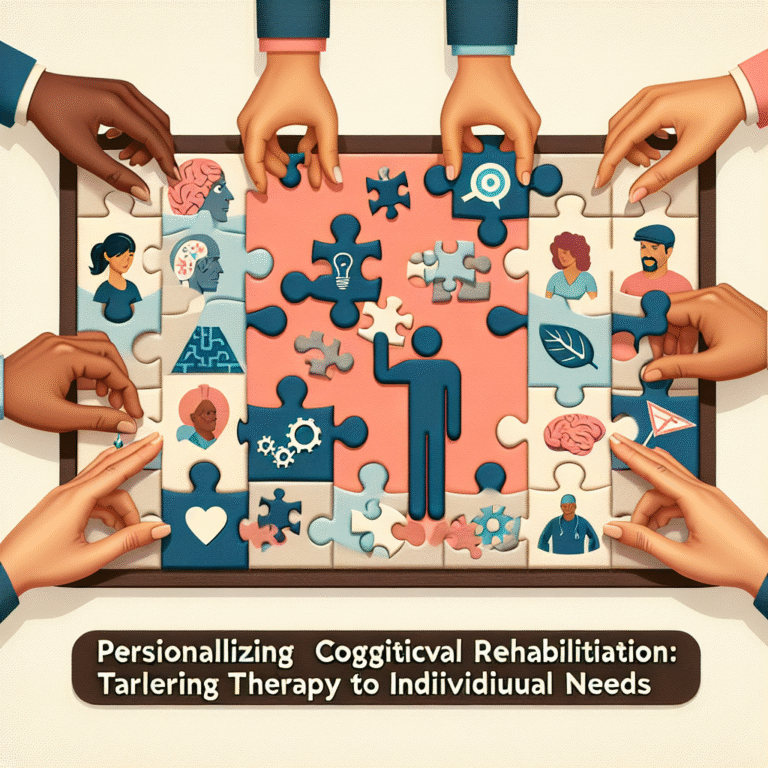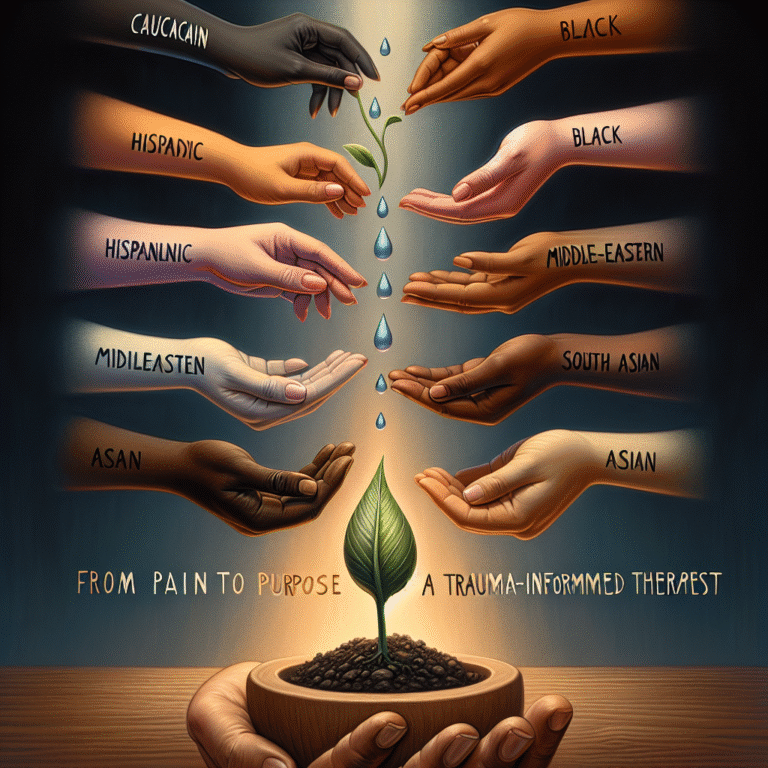
Introduction
Imagine this scenario: a patient diagnosed with hypertension is presented with a treatment plan that involves lifestyle changes and medication adherence. However, weeks pass, and the patient is still struggling to manage their condition. The reason? A breakdown in communication between the healthcare provider and the patient. This example underscores a crucial issue in healthcare today—Bridging the Gap: How Communication Enhances Treatment Compliance. Effective communication not only enhances the patient experience but also significantly improves treatment outcomes. In this article, we’ll explore the vital role of communication in fostering better treatment compliance, backed by case studies, data, and practical insights.
The Importance of Communication in Healthcare
Why Communication Matters
High-quality health communication is essential for successful patient treatment and compliance. It not only informs patients about their health but also builds a trusting relationship that encourages openness and collaboration. Poor communication can lead to misunderstandings, reduced compliance, and ultimately poorer health outcomes.
Table 1: Impact of Communication on Treatment Compliance
| Aspect | Positive Communication | Poor Communication |
|---|---|---|
| Patient Understanding | High | Low |
| Treatment Adherence | Increased | Decreased |
| Satisfaction | Higher | Lower |
| Health Outcomes | Improved | Deteriorated |
Barriers to Effective Communication
Understanding the barriers to effective communication can better prepare healthcare providers to address them:
- Health Literacy: Many patients lack the necessary understanding of medical terminology.
- Cultural Differences: Diverse backgrounds can lead to different interpretations of health information.
- Emotional Barriers: Fear and anxiety about health issues can hinder understanding and engagement.
Case Study: The Power of Active Listening
Analysis of an Effective Approach
A study conducted by New England Journal of Medicine highlighted a clinic focused on active listening skills among its practitioners. Patients reported feeling more engaged in their treatment process, resulting in a 30% increase in adherence to medication regimens. By adopting an active listening approach, healthcare providers effectively bridged the gap in communication.
Key Takeaways from the Case Study
- Engagement Matters: Active listening fosters a better understanding between healthcare providers and patients.
- Improved Compliance: Encouraging questions and clarifications led to heightened treatment compliance.
Strategies for Effective Communication
1. Use Clear Language
Healthcare professionals should strive to use layman’s terms when explaining medical conditions and treatment plans. Avoiding jargon can significantly reduce misunderstandings.
2. Encourage Questions
Establishing an environment where patients feel comfortable asking questions helps to clarify doubts and enhances their understanding of the treatment process.
3. Leverage Technology
Utilizing telehealth services, patient portals, and educational websites can provide additional resources for patients, reinforcing the verbal communication they receive during appointments.
The Role of Empathy in Communication
Understanding the Patient’s Perspective
Empathy plays a significant role in effective communication. When healthcare providers express genuine concern for their patients’ well-being, it fosters a trusting relationship which promotes treatment compliance.
Case Study: The Empathy Effect
A research initiative at a large urban hospital found that empathy training for doctors increased patient satisfaction scores by 35%, which correlated with a 25% improvement in treatment adherence among chronic disease patients.
Application
Incorporating empathy in conversations can lead to better outcomes, as patients feel valued and understood.
Cultural Competence in Communication
Navigating Diverse Patient Populations
Culturally competent communication ensures that healthcare providers understand and respect patients’ cultural backgrounds. This understanding can be key to delivering effective care.
Case Study: Cultural Training Program
A midwestern hospital implemented a cultural competence training program, resulting in an 18% increase in treatment adherence among diverse patient groups. The training included aspects like observing non-verbal communication and tailoring health messages that resonate with specific cultural beliefs.
Conclusion
The evidence supports that bridging the gap through effective communication enhances treatment compliance. Healthcare providers who invest in their communication skills are more likely to see improved outcomes and a more engaged patient population.
Conclusion
In sum, Bridging the Gap: How Communication Enhances Treatment Compliance is not just a catchy phrase; it is a crucial focus area for healthcare. Patients who feel empowered, listened to, and understood are more likely to comply with their treatment plans. By integrating clear language, active listening, empathy, and cultural competence into their interactions, healthcare providers can make significant strides in improving patient health outcomes.
FAQs
1. What is treatment compliance?
Treatment compliance refers to the degree to which a patient correctly follows medical advice and adheres to prescribed treatments or medications.
2. How can I improve my communication with my doctor?
Prepare for your appointment, ask questions, and express any concerns you may have. Make sure you understand the treatment plan and follow up on any unclear points.
3. Why is cultural competence important in healthcare?
Cultural competence ensures that healthcare providers can effectively communicate with and understand patients from diverse backgrounds, leading to better treatment adherence and health outcomes.
4. What role does trust play in patient compliance?
Trust between the patient and healthcare provider fosters open communication, making patients feel more comfortable discussing their issues and following treatment plans.
5. How can technology enhance treatment compliance?
Technology, such as telehealth and mobile health apps, can offer patients easy access to information and tools that aid in their understanding and compliance with treatment plans.
In conclusion, by prioritizing effective communication strategies, healthcare providers can not only improve treatment compliance but also revolutionize patient care. From embracing technology to fostering empathy and cultural competency, the journey towards enhanced patient engagement is multi-faceted yet deeply rewarding.















